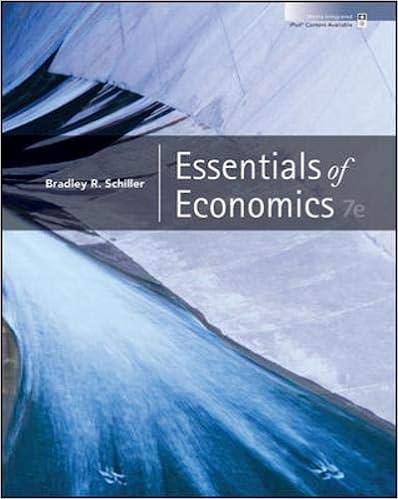Question
1.Refer to the article on Zooland in Appendix [1]. Assume that the capacity of smelters (aluminum plants) shapes the supply curve , and that the
1.Refer to the article on Zooland in Appendix [1]. Assume that the capacity of smelters (aluminum plants) shapes the supply curve, and that the production levels of those smelters generates the quantity supplied.
a.The graph in Appendix [2] represents some of what has been happening in the industry at the time of the article. Answer the following questions about this graph:
A. What do D1 and D2 illustrate and why?
B. What does Q1 represent? (1pt)
C. After the shift to D2, what price would be required to sell the original amount of planned production (Q1)? (1pt)
D. What part of the graph illustrates the "over-supply" or "glut" that the article refers to? (1pt)
Appendix 1
MONTREAL Zooland Aluminium Ltd. announced shutdowns yesterday at four of its smelters three in Quebec and one in Britain despite repeated assertions that it would maintain production in the face of a mounting world glut of aluminum and tumbling prices.
The Montreal-based aluminum giant will reduce its worldwide production by 8.5 per cent, putting 500 employees temporarily out of work. About 200 workers in Quebec will be affected by the shutdowns, slated for November and December.
"At current prices we just could not justify operation of these smelters," Zooland spokesman Jacques Davidson said yesterday. "It is money out of our pockets every time we produce a pound of aluminum."
The shutdowns surprised many analysts because the company's smelters particularly those in Quebec rank among the world's lowest-cost producers. Zooland generates nearly all its own hydroelectric power in Quebec, allowing it to run older and less efficient smelters profitably.
However, Mr. Davidson said Zooland's reservoirs for the hydro power are now half to three-quarters full, and the company has to buy power from Hydro-Qubec just to maintain production.
"We are stuck with a lack of energy," Mr. Davidson said. "It does not make sense to buy from Hydro."
Yesterday's announcement did what months of talk could not do: boost aluminum prices. Zooland, along with all other producers, stands to gain handsomely.
The cash price of aluminum, stuck at its lowest level [in 6 years], jumped 10 per cent to about $1,232 (U.S.) a tonne, or about 55 cents a pound, on world metal markets yesterday.
Analysts say aluminum prices will rebound even further in coming weeks and months as more production is idled around the world, drying up the current surplus. Zooland's stock also got a lift, rising $1.37 to $24.25 on the Toronto Stock Exchange. ...
The production cuts by Zooland should help avert a looming oversupply for [next year], said David Moison, director of light metals at Resource Strategies Inc. in Exton, Pa. Zooland's shutdowns, added to recent production cuts at smelters in Europe and India, will take about 600,000 tonnes out of commission, he said. ...
Annual production outside the Communist bloc totals about 15 million tonnes. But demand, depressed by weak auto and construction markets, is only running at about 14.3 million tonnes. Adding to the glut is an estimated 600,000 tonnes of aluminum from the Soviet Union as it attempts to rebuild its economy.
[Starting two years ago], four major new smelters or expansion projects have gone ahead in Quebec, lured by cheap and apparently abundant electricity. Of those already open, none has announced production cuts. The building boom will double Quebec's share of world production to more than 12 per cent within 4 years. ...
The smelters affected are the Shawinigan Works in Shawinigan, Que. (21,000 tonnes); Isle-Maligne Works in Alma, Que. (24,500 tonnes); Arvida Works in Jonquire, Que. (22,000 tonnes); and Lynmouth Works in Britain (66,000 tonnes).
The company will not say how long the cutbacks will last. Zooland operates 14 smelters worldwide.
Last Friday, Zooland announced a meagre third-quarter profit of $6million, a 94-per-cent drop from the year-earlier period. Revenue was $1.95-billion, down from $2.2-billion last year.
APPENDIX 2

Step by Step Solution
There are 3 Steps involved in it
Step: 1

Get Instant Access to Expert-Tailored Solutions
See step-by-step solutions with expert insights and AI powered tools for academic success
Step: 2

Step: 3

Ace Your Homework with AI
Get the answers you need in no time with our AI-driven, step-by-step assistance
Get Started


